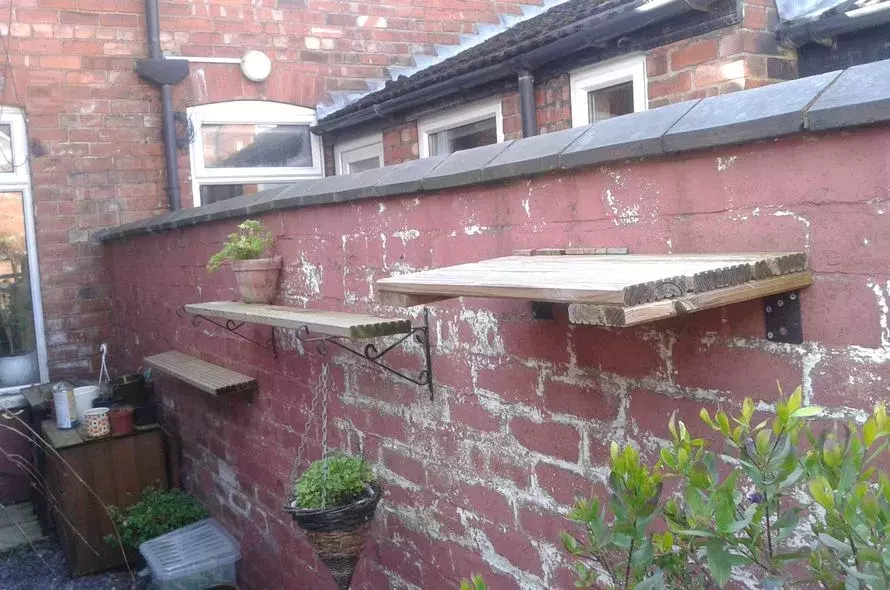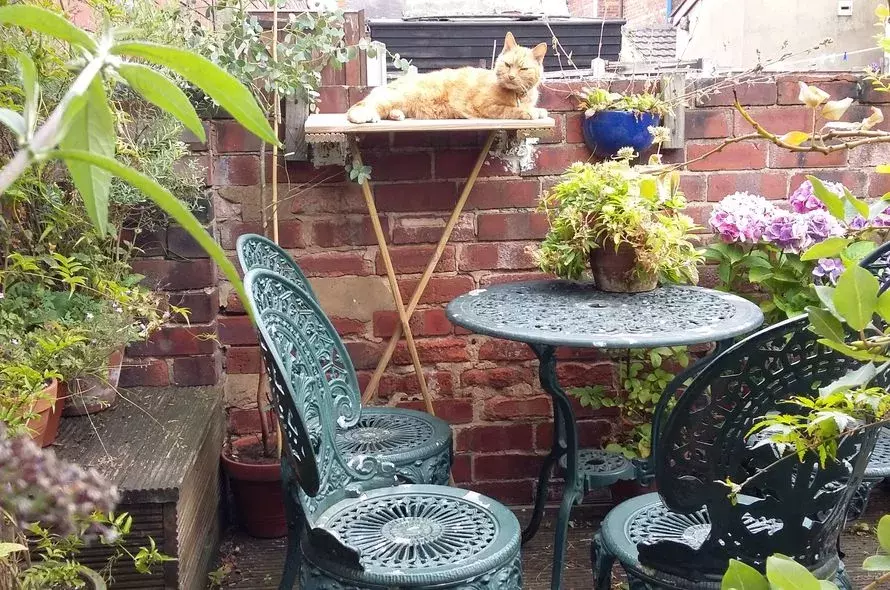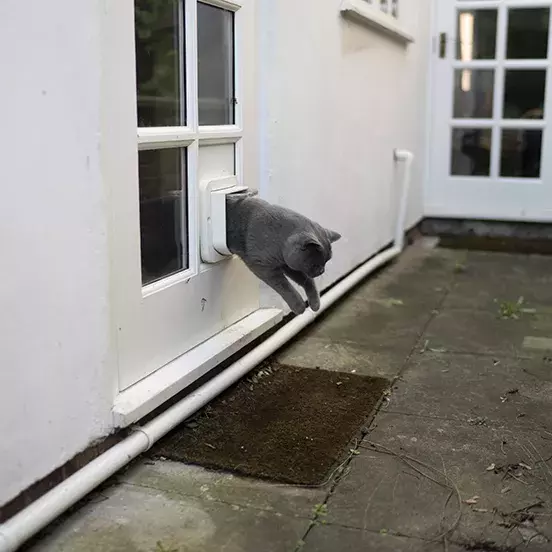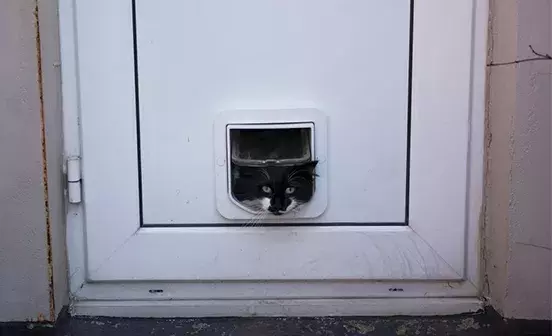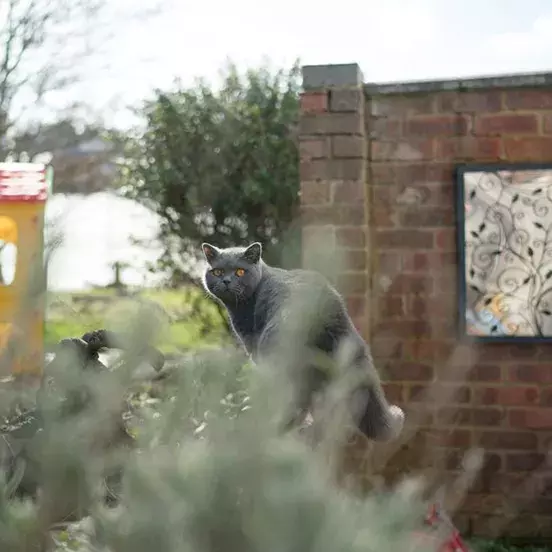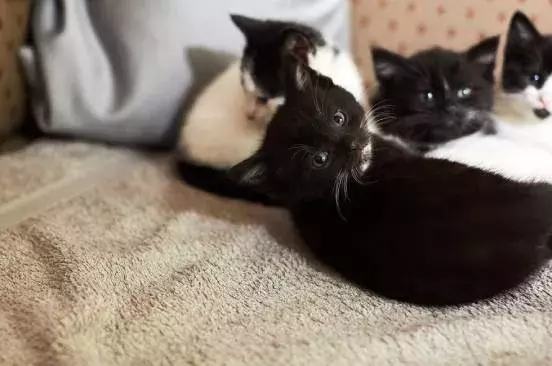This guidance will help you make your garden or outside space cat-friendly and enriching for your feline friend.
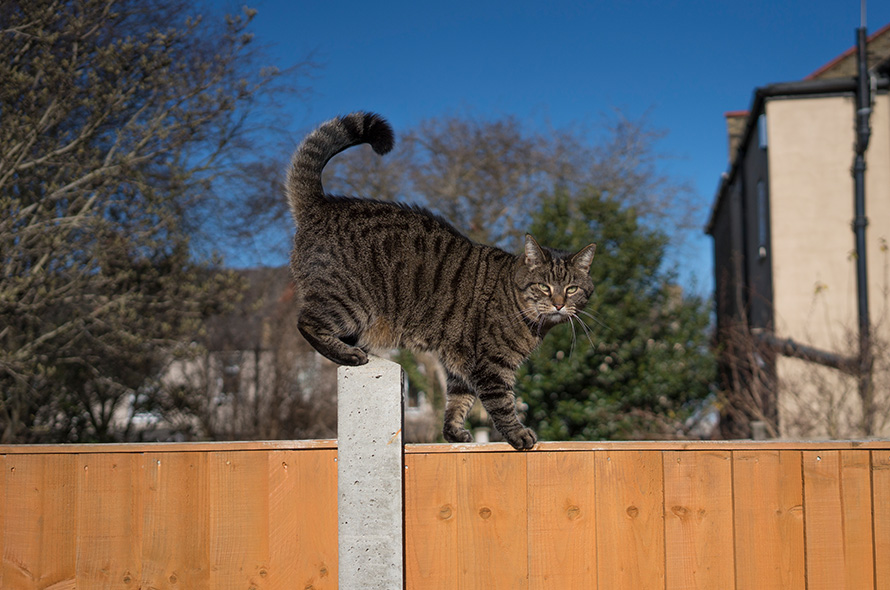
Why is an enriching outdoor space important?
For many cats, their outdoor space may be just as important to them as their indoor space.
Providing cats with an enriching outdoor environment which also makes them feel safe and secure is not only very beneficial to their welfare, but may also help to stop them from wandering too far from home (potentially reducing their likelihood of being exposed to various hazards and dangerous roads).
Watch the video below to learn about Battersea’s tips on things to include in an enriching, cat friendly garden.
Providing a ‘cat-friendly’ garden or outside space for your cat may also have the following extra benefits:
- Your cat may seem more relaxed and less stressed when in the house.
- Your cat may be less likely to be bored or frustrated.
- If your cat is usually very demanding of your time and attention, they may become a bit more independent.
- Cats in multi-cat households may get on better with each other or there may be less conflict between them because they have more ‘resources’ (i.e. things that the cats need) they can access individually.
- The more time your cat spends exploring your outside space, the more active and fit they may stay (especially good for cats that are generally inactive or overweight).
Is it difficult?
Making your outside space cat-friendly can be easy to do.
The key is to try to provide all the resources in the space that your cat needs. These include:
- Places to hide to help them feel safe.
- Places to get up high so they have a good vantage or look-out point.
- Places where they can toilet in a suitable type of ‘substrate’.
- Comfortable sunny spots where they can sleep and relax.
- Plants and other vegetation they can sniff and explore in.
- Shelter from the wind, rain and cold.
- A source of fresh drinking water (preferably rain water).
- Something good to scratch on.
Places to hide
It can be useful to provide your cat with a good hiding spot near the entrance to the outside space (e.g. near a cat flap), as this will give them a safe space to go to if they feel the coast isn't clear.
A very bare or ‘open’ garden or outside space can make cats feel quite vulnerable or exposed – there is nowhere for them to get away and hide if they become frightened or see a challenging or unfamiliar cat enter in to their territory.
Providing good hiding places can therefore help to make your cat feel much more comfortable when outside.
These can be created easily via dense shrubs and other foliage with patchy parts that the cat can get through to access the hiding place, as well as old wooden boxes and tables and chairs (the latter can also provide good vantage points for the cat when sat on top of).
Places to get up high
Cats like to be up high as it can make them feel safer – giving them a good look out point where they can check for danger or escape to if they feel threatened. High up places also provide safe places to relax when it’s sunny.
Suitable high places for cats include shelves, ledges, tables and benches.
Places where they can toilet
An area within the garden containing woodchip provides a large latrine that multiple cats could use (but should be ‘poo picked’ regularly).
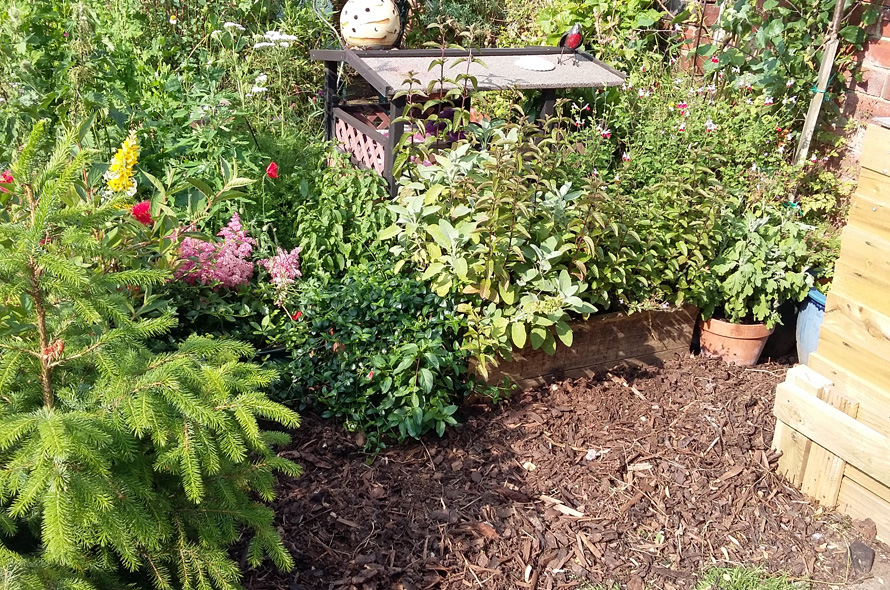
Cats are generally very clean animals and if given the opportunity, would usually prefer to use a safe suitable area outside to toilet in, far away from their other resources such as food and water.
It’s therefore important that we provide them with a nice area they can use when outside, particularly if we don’t want to provide them with a litter tray indoors. A cleared area containing woodchip, sand or loose earth provides a suitable place for your cat to toilet, although your cat may have a particular preference so it may be worth testing which ‘substrate’ they like best before creating your latrine.
Using a site that also provides a bit of privacy to the cat, for example if the latrine is surrounded by a few plants and shrubs, is ideal.
Comfortable sunny spots
You can easily provide nice spots for your cat to rest and sleep on by leaving an old cushion out in the garden or providing a sheltered ‘cat house’ with blankets left in.
Plants and other vegetation
Plants that attract flying insects in to the garden (such as native breeds with purple flowers) are not only good for wildlife but can provide stimulation for your cat too! Other really good plants for your cat include:
Cat Grass – Cats may often eat grass as it is thought to help with digestion. ‘Cat grass’ is the perfect type of grass for cats to munch on.
Catmint – and other members of the mint family – more plants that may be attractive and stimulating to your cat.
Catnip – Whilst we’re not really sure of the exact effect catnip has on the brain of cats, many cats (around 50-70%) may find the chemicals the leaves of this plant produces to have a stimulating or hallucinogenic effect.
Honeysuckle – Thought to have a similar effect on cats to catnip (although only about 30% of cats are responsive to it).
Valerian – Depending on the amount of exposure, this plant is thought to have either positively stimulating or calming effects on cats and can be another very welcome addition to your cat-friendly garden.
Shelter
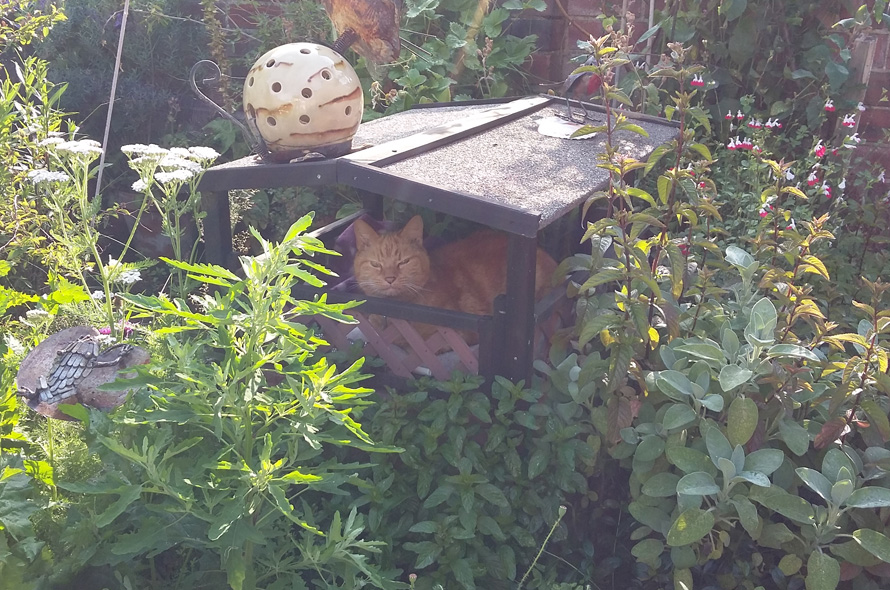
Some cats will enjoy being outside, even when it’s cold or raining, although they will probably appreciate some shelter to keep them dry and warm. An old wooden box or purpose-built ‘cat house’ can provide the perfect sheltering spot for your cat.
A source of fresh drinking water
It’s really important to make sure your cat is drinking enough, especially if they are fed a dry-only diet.
Some cats can prefer more ‘natural’ sources of water to drink from than tap water so providing your cat with an additional option of rain water may be beneficial. If you have a water butt in your outside space you can simply fill up an old container with some of this water, or alternatively leave out a large dish to collect rain water in when it rains.
Providing multiple sources of water in various places may also help reduce conflict if the space is used by more than one cat.
Something good to scratch on
Cats like to scratch surfaces to keep their claws in good condition, but they may also scratch to make themselves feel more secure in their environment as well as mark their presence to other cats.
They may do this both visually (i.e. by leaving scratch marks) and also via their scent (cats may deposit scent from the glands located in between the pads on their paws).
Cats may like to scratch on both vertical and horizontal surfaces so providing both options to your cat may be beneficial.
An old tree stump or large branch placed in your garden or outside space can provide a good scratching post and/or perching/resting place for your cat.
When you have made your outdoor space 'cat-friendly' the following tips may be useful
Bonding with your cat, keeping them close by and (possibly distracting them from hunting
A really good way to spend time and bond with your cat is to simply sit with them in your outside space.
Many cats will benefit from these types of ‘low-intensity’ interaction with you (i.e. where you are not directly handling the cat) and may enjoy your near-by company whilst they relax outdoors.
For friendly cats that do not enjoy lots of regular long stroking sessions or being picked up, this type of interaction can be particularly beneficial.
You can also take toys in to the garden and play with your cat. This is another good way to interact with and positively stimulate your cat without the need for direct handling.
Spending time with your cat in the outside space may also encourage them to stay closer to home and not to roam as far when they are outside – helping to keep them safe.
Playing with your cat in your outside space may potentially distract them from hunting live-prey, stimulating their predatory instincts whilst directing them away from wildlife (although there is no guarantee that this will work).
How to deter other cats from coming into your garden or outside space
An unfortunate side effect of making your outside space irresistible to your cat is that cats from other neighbouring houses may be just as keen to spend time in there too. This may be especially the case in areas with high populations of cats and where there are limited amounts of outdoor green space available (such as in large areas of terraced housing that have no or very small outside areas).
For many cats, this can be quite stressful because an intruder cat may be perceived as a direct threat to your cat’s territory and personal safety. There are no easy solutions to this problem, but the points below are likely to help:
- Provide your cat with lots of safe places, as outlined above, making sure you provide several of each type of ‘resource’ and place them in different locations around the outside space.
- You can ‘midden’ for your cat around the outside space (this basically involves leaving small piles of your cat’s poo in prominent places such as on walls or steps). The presence of this signals to other cats that the garden is already occupied and can act as a deterrent to other cats).
- High fencing around the periphery of your outside space can help to set a physical boundary that your cat can easily patrol and mark (for example they may have a daily routine where they walk along the top of the fence, checking for other cats). They may also scratch or spray along the sides of the fence or ‘midden’ on the top or in another prominent location.
- Patrol your outside space at peak times when other cats are known to come in – if you see an intruder cat you can try clapping your hands or letting out a loud sharp sound such as ‘out!’ to try to deter the cat from coming in.
- Install a microchip cat flap to ensure that intruder cats can never actually get in to your house as this can be very stressful for cats.

